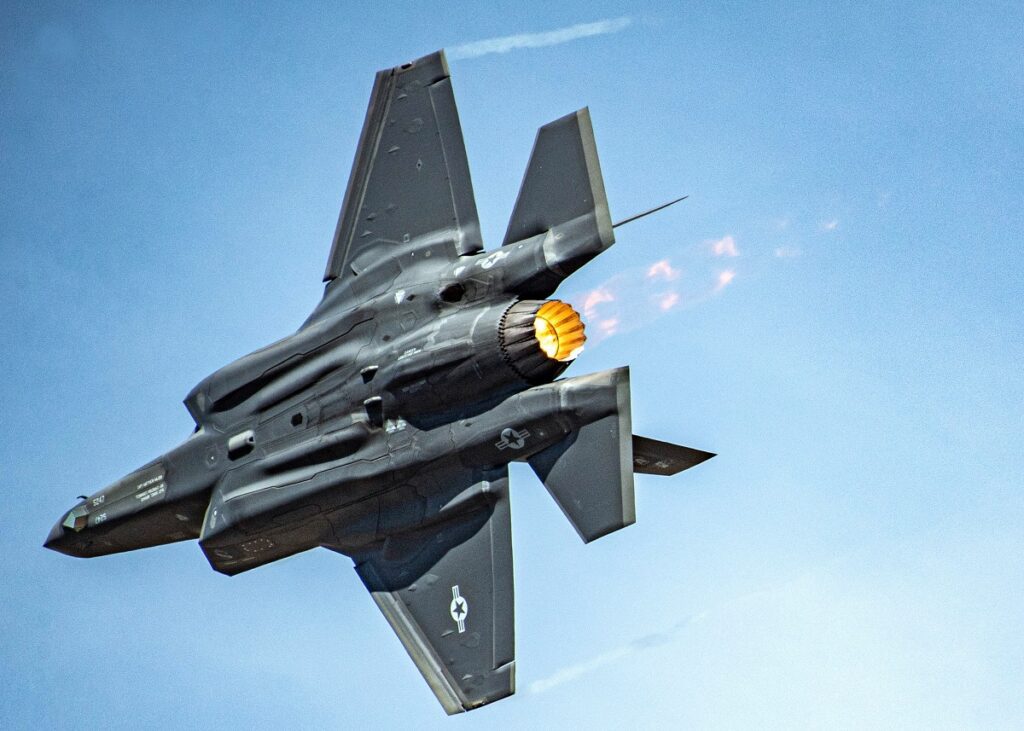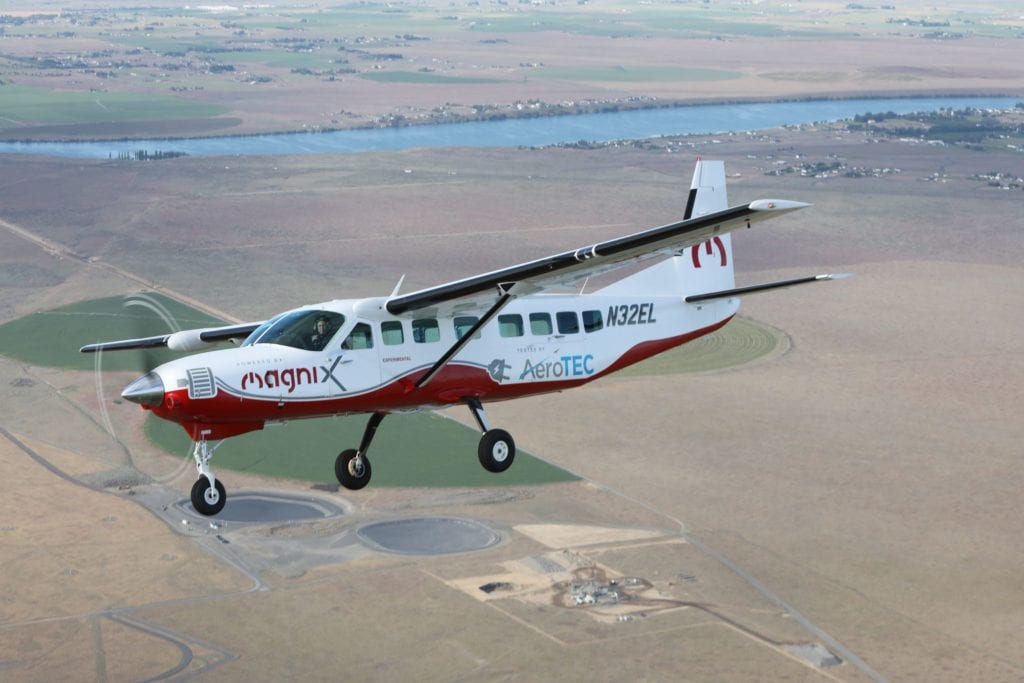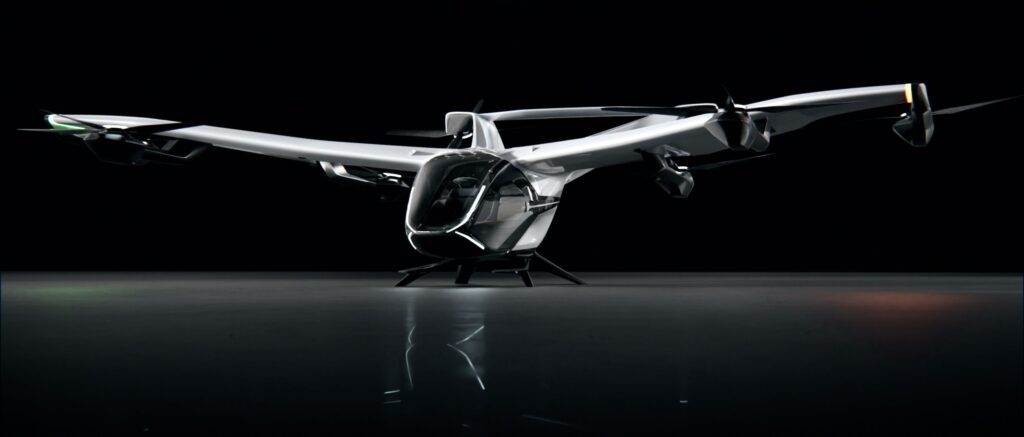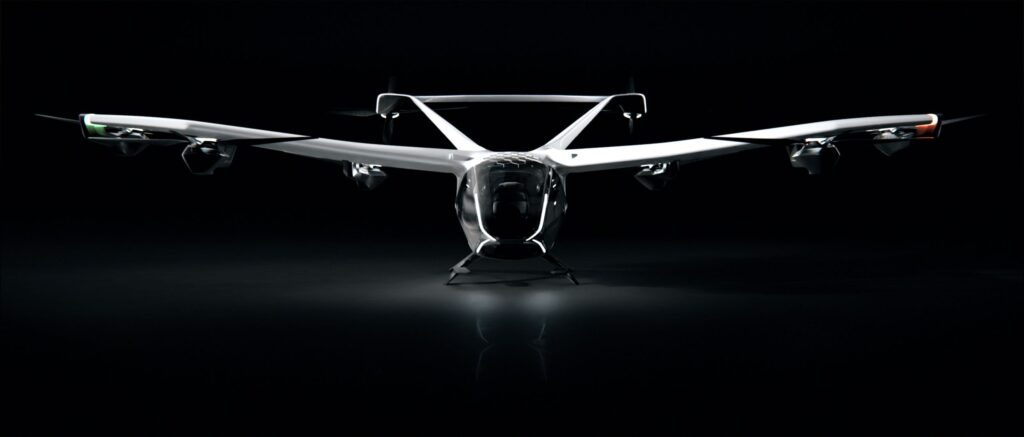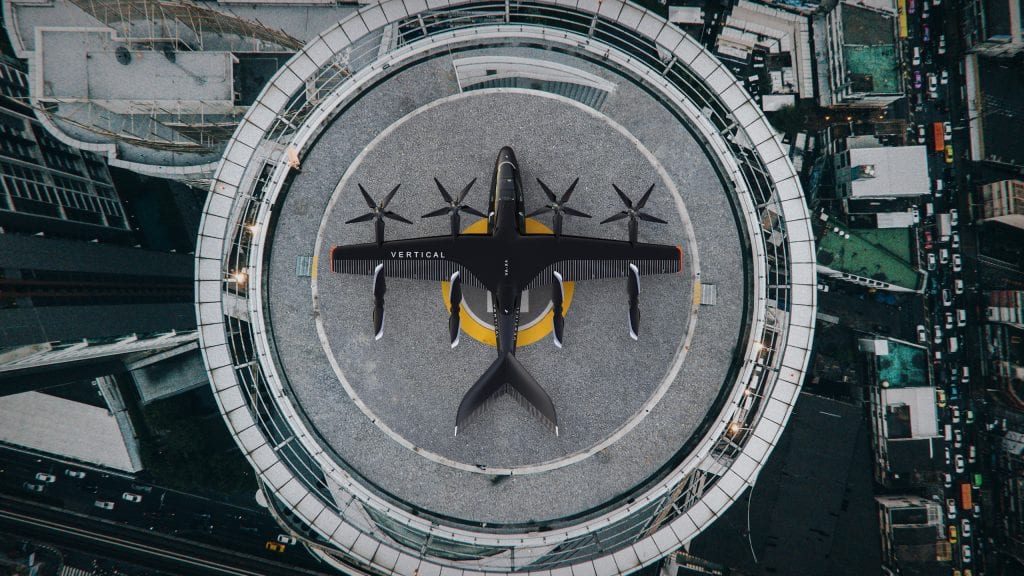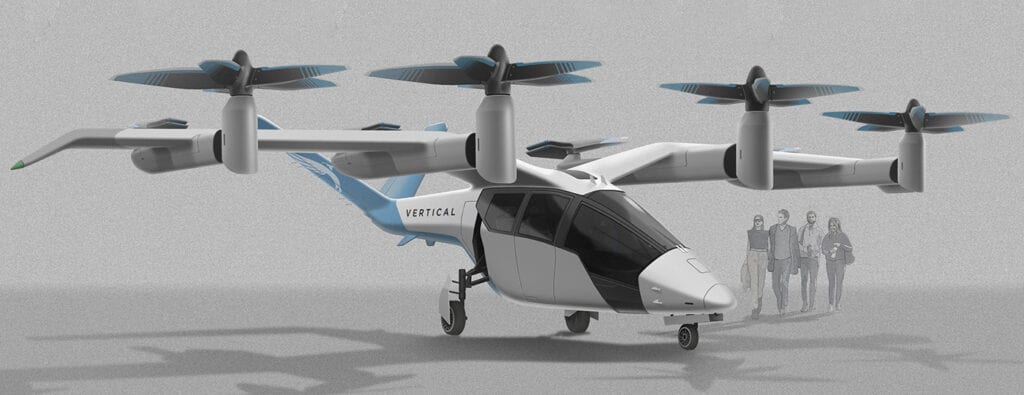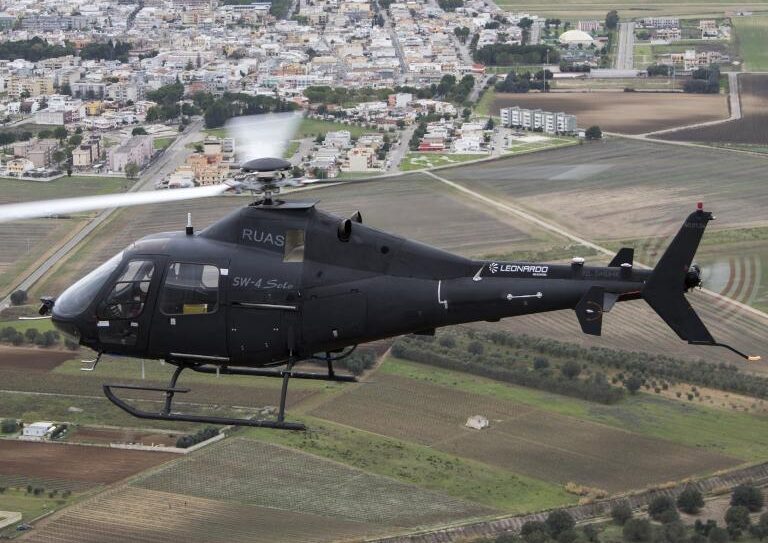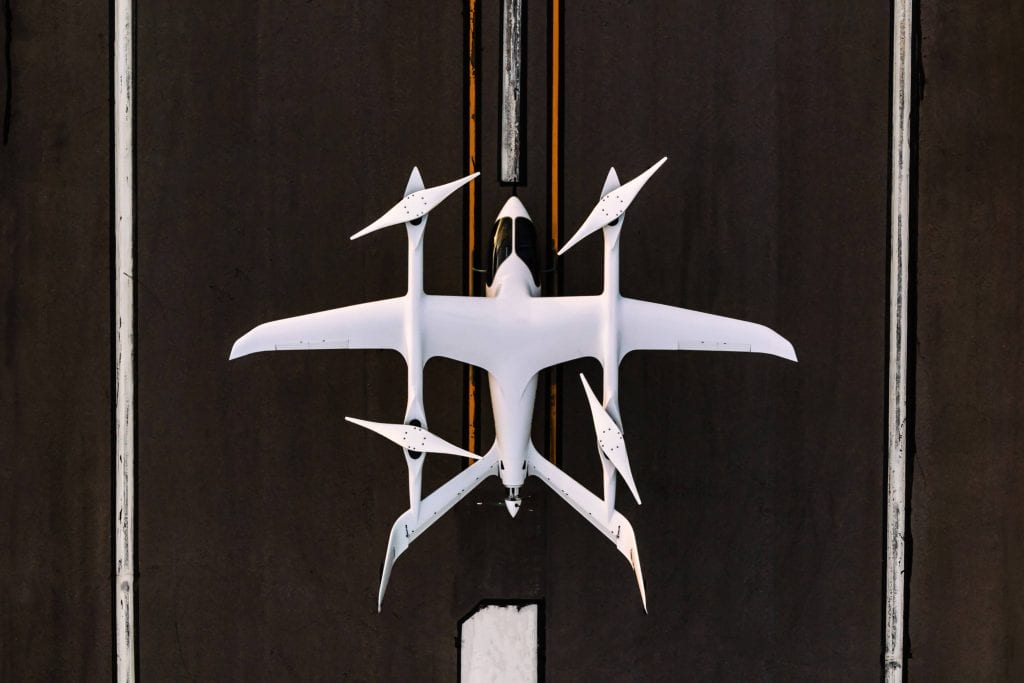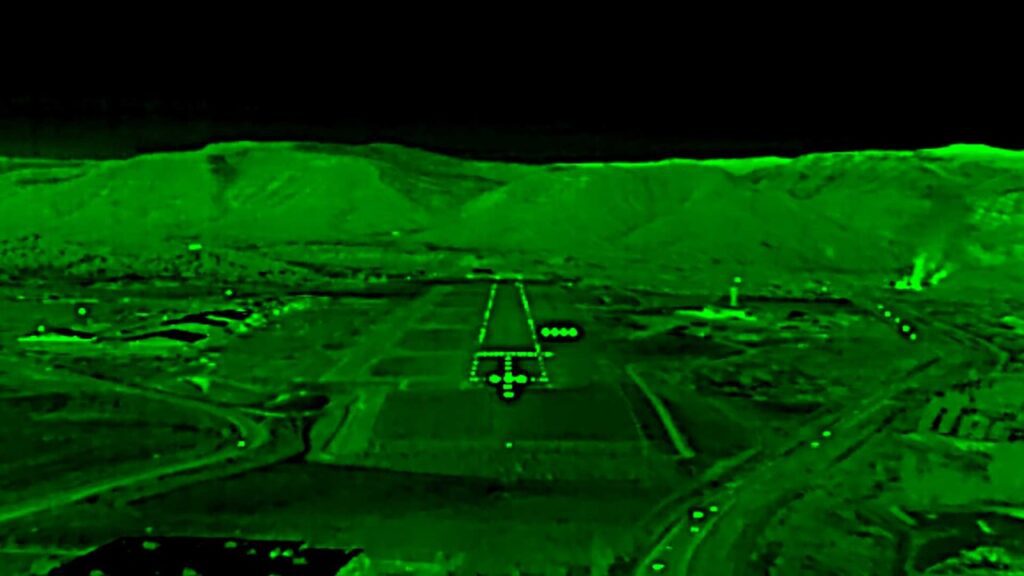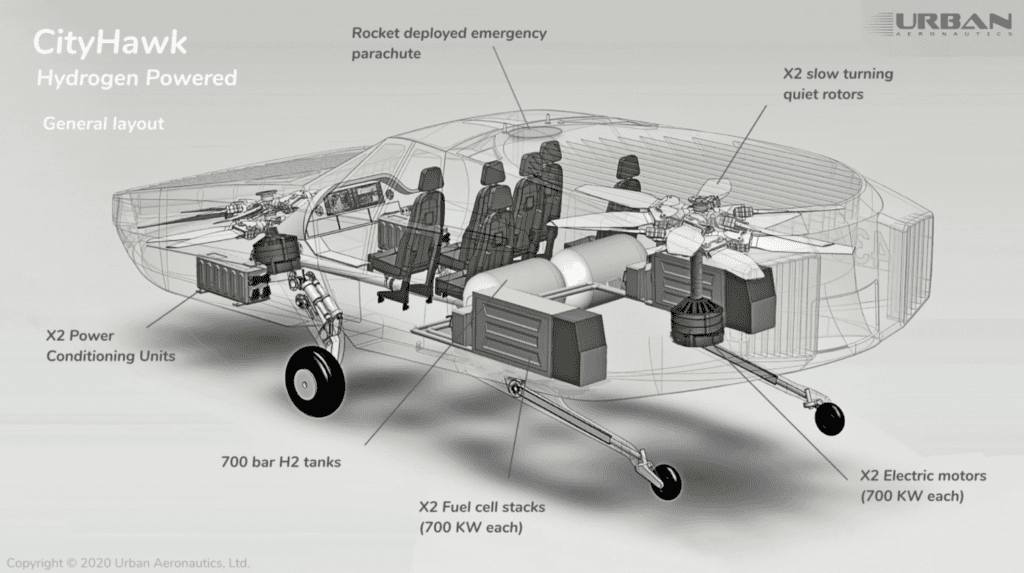ALBATROSS to Demonstrate How 4DT Can Reduce CO2 Emissions on Air France Flights


Airbus is looking to create the most energy efficient flights in a new project called “ALBATROSS.” (Airbus)
A new large-scale demonstration project involving Airbus, Air France and DSNA, the French Air Navigation Service Provider (ANSP) called “ALBATROSS,” will demonstrate how the use of four-dimensional trajectory (4DT)-based operations can reduce fuel and CO2 emission savings on flights operated by Air France and other airlines throughout European airspace.
First launched in February under the framework of a series of Single European Sky ATM Research Joint Undertaking (SESAR JU) flight trials, ALBATROSS will involve around 1,000 gate-to-gate live demonstration flights occurring combining the use of 4DT and several other airborne and ground-based procedures designed to reduce aircraft fuel burn and CO2 emissions. Many solutions will be put into practice during the flight demonstrations, from new precision approach procedures to continuous climb and descent, a more dynamic management of necessary airspace constraints, sustainable taxiing and sustainable aviation fuel (SAF) usage, according to a Sept. 21 press release published by Airbus.
To mark the beginning of its Pioneering Sustainable Aerospace Summit and the project, Airbus and its partners collaborated on a demonstration flight from Paris to Toulouse Blagnac that featured the use of 4DT, continuous descent operations and single-engine taxiing among other concepts and technologies designed to make the flight more energy efficient.
“In a post-COVID world, we all realize that coming back to the normal situation will only be possible with more sustainable aviation,” Thierry Harquin, engineering senior manager in charge of ATM international cooperation at Airbus, said during the Airbus Summit on Sept. 21. “Air traffic management, ATM, is one of the four pillars identified by all aviation stakeholders in the destination 2050 roadmap to decarbonize aviation. That’s why ATM shall resolve to reduce our environmental footprint, respond to the air traffic growth, and obviously continuing to keep and improve the safety of our operations. In spite of the efforts made in the past on ATM, we can still optimize the ATM system. ATM optimization could contribute to a nation to six to 10 percent of CO2 emissions generated by aviation in Europe today.”

Airbus and its partners collaborated on a demonstration flight from Paris to Toulouse Blagnac that used the framework of the Single European Sky ATM Research Joint Undertaking (SESAR JU) ALBATROSS project. (Airbus)
Airbus first started delivering A320s capable of flying 4D initial trajectory operations equipped with “FANS-C” avionics—the combination of automatic dependent surveillance contract (ADS-C) and controller to pilot data link communication (CPDLC) capabilities—to EasyJet in 2019.
4D adds the fourth element of time, progressively showing the change in an aircraft’s flight path in real time to controllers. The concept will enable airlines to optimize their aircraft’s trajectories and make traffic flows more fluid and aircraft speed easier to manage, according to Airbus. Onboard avionics necessary to enable 4D trajectory operations include new data link routers, upgraded flight management systems and data link compatible cockpit displays.
Mattia Nurisso, engineering program management for ATM at Airbus, said that the ALBATROSS project also marks a significant milestone for SESAR JU, a project criticized by airline executives in recent years for failing to make Europe’s air traffic system more efficient in the way that it manages cross-border flying.
“We will be looking at the famous 4D trajectory based operation a concept that has been maturing in SESAR we have reduced drastically the uncertainty around aircraft trajectory prediction and therefor allow our ANSPs to better control the aircraft in a more efficient way. When we talk about ground we will be showcasing hybrid towing vehicle that will allow aircraft to taxi in and taxi out without engine running which is drastically reducing the consumption of our aircraft,” Nurisso said. “We’re not talking about R&D anymore, we’re not just studying the solution anymore, we’re targeting to deploy right now so it’s really a next step with the SESAR program, we’ve been passing a lot of years studying different solutions, now it’s time to deploy.”
According to Nurisso, the goal of the ALBATROSS project isn’t necessarily to revolutionize the concept of air traffic management, instead the stakeholders involved want to take advantage of as many small incremental steps they can take to reduce CO2 emissions. That would mean using things like 4DT in the air, while also taking advantage of the a new hybrid towing vehicle for taxi assistance, “taxibot,” that will allow aircraft to use a single engine to taxi in and out of their airport slots.
Other technologies and procedures to be demonstrated in ALBATROSS include the use of “novel data analytics-based tools” that can identify tactical in-flight trajectory change opportunities that will improve their fuel efficiency on a per-flight basis. Continuous climb and descent will also be facilitated, along with new New precision approach procedures such as RNP-to-ILS and RNP-AR.
Laurent Lafontan, fight operations technical development senior vice president at Air France, participated in the launch ALBATROSS demonstration flight from Paris to Toulouse Blagnac that featured continuous descent operations.
“I was in the cockpit, and I can say that at the end of the flight, I think we saved one to five percent of CO2 emissions,” Lafontan said. “So we reduce by five percent of CO2 emissions on this flight. Why? Because it was a beautiful collaboration between airspace and air navigation services providers with dynamic management of the airspace. We were able on the ground to keep doing our single-engine taxiing. We are able, by using big data, to optimize vertical flight paths getting the most efficient flight level doing cruising and through continuous descent. When you make the addition of all these teeny things, we are able to save five percent. I think in the most efficient way, we will have been able to maybe to reduce…around seven or 10 percent of co2 emission.”
The post ALBATROSS to Demonstrate How 4DT Can Reduce CO2 Emissions on Air France Flights appeared first on Aviation Today.
—————
Boost Internet Speed–
Free Business Hosting–
Free Email Account–
Dropcatch–
Free Secure Email–
Secure Email–
Cheap VOIP Calls–
Free Hosting–
Boost Inflight Wifi–
Premium Domains–
Free Domains








